
On November 4, 1834, the General Assembly convened in Milledgeville, and then Governor Wilson Lumpkin made a plea on behalf of “the lunatics, idiots, and epileptics.” In 1837, Georgia legislators passed a bill for the creation of a state-operated insane asylum. After five years of construction, the Georgia State Lunatic Asylum opened in 1842. Over the years, the campus underwent several name changes including Georgia State Sanitarium, Milledgeville State Hospital, and Central State Hospital.
Tillman Barnett, a 30-year-old farmer from Macon, was the first patient admitted to the new asylum in December 1842. He was brought to Milledgeville chained to a horse-drawn wagon by his wife and family, described as violent and destructive. Unfortunately, Barnett died of “maniacal exhaustion” by the following summer. Tillman Barnett became the first casualty in a long and dark history of one of the nation’s most notorious institutions.

Central State Hospital operated on an “institution as family” model that asserted that hospitals work best when they resemble extended families. Head physician Dr. Thomas Green abolished chain and rope restraints, allowing patients to roam freely. Many of the patients were Civil War veterans whose families were unable to care for them. Black patients were admitted after the Civil War but were placed in segregated buildings until the 1940s. In the 1950s, Central State Hospital was the largest insane asylum in the country, some say the entire world. There were more than 12,000 patients housed on the grounds. Its campus resembled a small town, complete with a fire and police department, a school, a church, and its own power, water, and steam plants.
Thousands of people were sent to Milledgeville over decades, often with unspecified conditions, or disabilities that did not warrant a classification of mental illness. The hospital outgrew its resources, and the patient-physician ratio was a miserable 100:1 in the 1950s. Patients were subjected to inhumane treatments including lobotomies, insulin shocks, hydrotherapy, and early electroshock therapy. Children were subject to confinement in metal cages. Adult patients were forced to take steam baths and cold showers. Some were confined with straitjackets and treated with douches.
In 1959, the Atlanta Constitution’s Jack Nelson investigated reports of a “snake pit.” Nelson discovered that the thousands of patients at Central State were served by only 48 doctors, none a psychiatrist. To make matters worse, some of the “doctors” were actually patients who were hired off the mental wards. The series rocked the state. In the wake of the scandal, asylum staff were fired, and Nelson won a Pulitzer. The state, which had ignored decades of pleas from hospital superintendents, began to provide additional funding. By the mid-1960s, as new psychiatric drugs allowed patients to move to less restrictive settings, Central State’s population began to steadily decline. A decade before the national movement toward deinstitutionalization, Georgia governors Carl Sanders and Jimmy Carter began emptying Central State in earnest, sending mental patients to regional hospitals and community clinics, and people with developmental disabilities to small group homes. However, this approach has been riddled with tragedies, such as homelessness and drug abuse.
A 1999 U.S. Supreme Court ruling in a Georgia case allowed patients with mental health problems to choose community care over institutionalization if a professional agrees. Following a 2010 agreement with the federal government, Georgia moved all mentally and developmentally disabled patients to community facilities. The same year, Central State stopped accepting new patients. After legal battles and federal investigations revolving around patients’ rights, Central State Hospital and the entire Georgia mental health hospital system were downsized in 2011. Once encompassing more than 200 buildings, the actual state hospital part of Central State occupies only a half-dozen buildings on roughly 65 acres and currently serves about 150 criminal justice system defendants deemed mentally unfit to stand trial.
As the asylum buildings were vacated, four were converted into prisons and eventually closed. The Central State Hospital Local Redevelopment Authority (CSHLRA) was created in 2012 by the state to revitalize and repurpose the property. Led by Milledgeville native Mike Couch, the authority has worked with real estate experts to develop a plan for reusing the property for businesses, schools, and recreation. By the end of 2015, the Georgia Department of Behavioral Health and Developmental Disabilities (DBHDD), which operates at Central State, occupied only nine buildings. The CSHLRA has brokered several building sales for commercial uses and done such other work as erecting historical markers, but it has not taken control of all of the buildings. In 2021, CSHLRA unsuccessfully sought federal funding to acquire and either demolish or preserve several buildings, as reported in the Milledgeville Union-Recorder. That plan would save the Powell, save the facade of the Walker while razing the rest, and razing the Green and Jones buildings, an apartment building, and the steam plant.
In October 2022, it was announced that asbestos abatement would begin on the Jones, Walker, and Green buildings, and each one was fenced off. DBHDD claimed at the time that the abatement was an urgent response to trespasser-related safety issues and separate from any potential demolition or other long-term plans. But contractor documents obtained by SaportaReport showed the abatement was an interrelated part of demolition plans that only had yet to be approved and funded.
In July 2023, Governor Brian Kemp signed an executive order, clearing the way for the demolition and razing of four buildings on the Central State Hospital campus. These buildings are the Jones, Green, and Walker buildings and a fourth building known as the Wash House building which is located behind the Powell building. According to the state behavioral health board, the work could happen as early as the fall. DBHDD spokesperson Ryan King, explaining that the “timeline is to be determined.” King said that demolition was found to be “the only viable option” for the buildings and that a revitalization plan is still on the table that will have the Powell Building as a “centerpiece.” Kemp’s executive order states that the DBHDD had requested authority to demolish the structures via a June 29 resolution. A slideshow of items presented at the board’s June meeting says that demolition of the buildings “improves property marketability.” In the case of the Green, Jones, and Walker Buildings, trespassing issues were also given as reasons for seeking demolition authority.
The Georgia Trust for Historic Preservation and the Atlanta Preservation Center (APC) are voicing opposition. Georgia Trust President and CEO Mark C. McDonald noted that his group put the hospital campus on its “Places in Peril” list of endangered historic sites in 2010. “Since that time, we have been constant advocates for the preservation of these culturally and architecturally significant buildings, even going so far as to make grants to projects on the campus,” he said. “We would like to ask for a reprieve of this order to allow all parties to meet to pursue any avenues to avoid the demolition of these structures.” APC Executive Director David Yoakley Mitchell, in a July 27 letter to state officials, noted the complex history of the 180-year-old, 1,400-acre hospital campus, which was a pioneer in mental health in its day before becoming notorious for abuses and a focus of reforms. “The complexity and challenge of this discussion is fraught with emotion,” he said. “Yet the ultimate loss will be the experience of the patients that lived and died there, the families and residents affected by this place, and most of all, what it exposed of who and what we are. The removal of these buildings will be an erasure of all of that and more.”
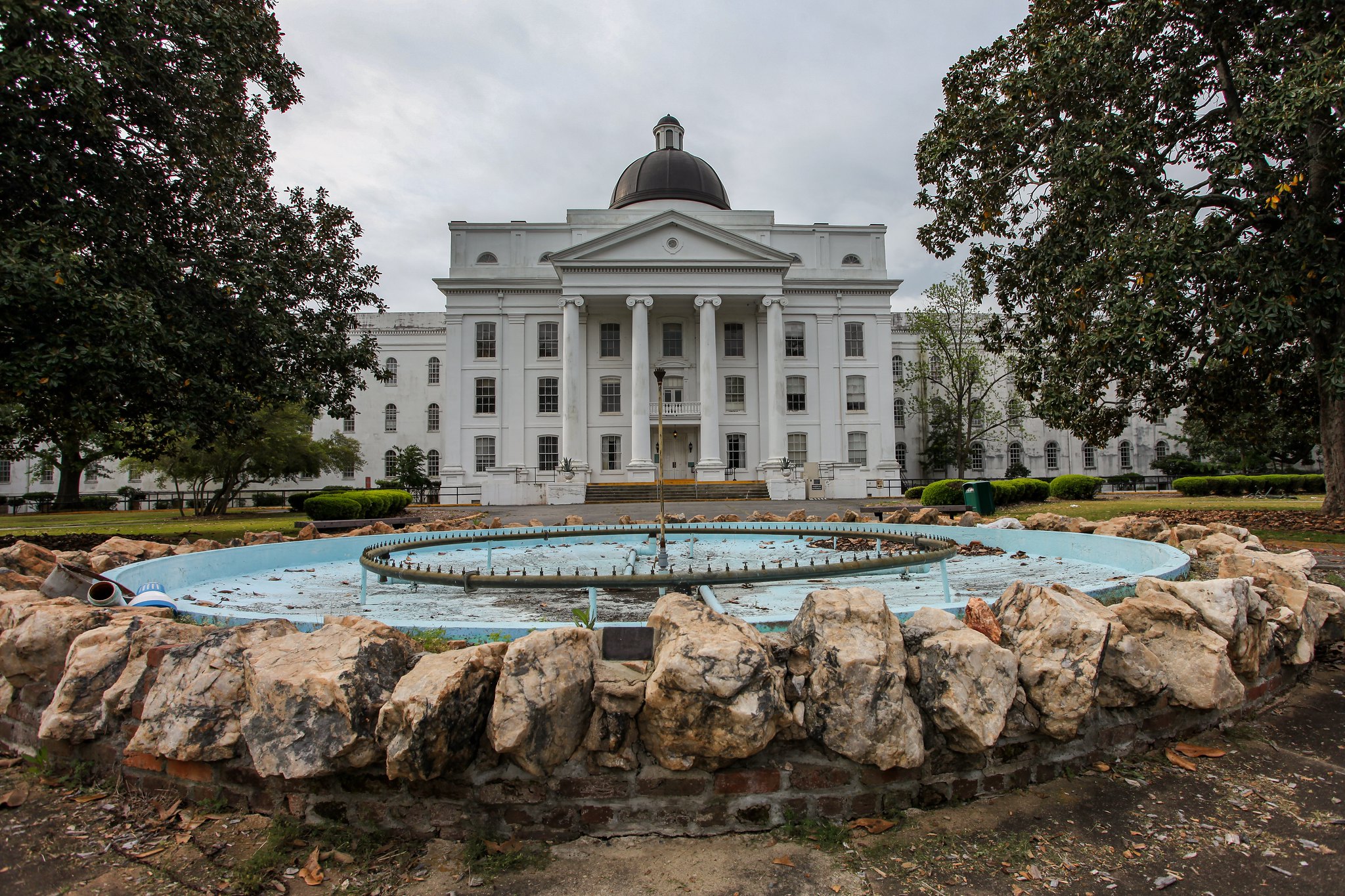





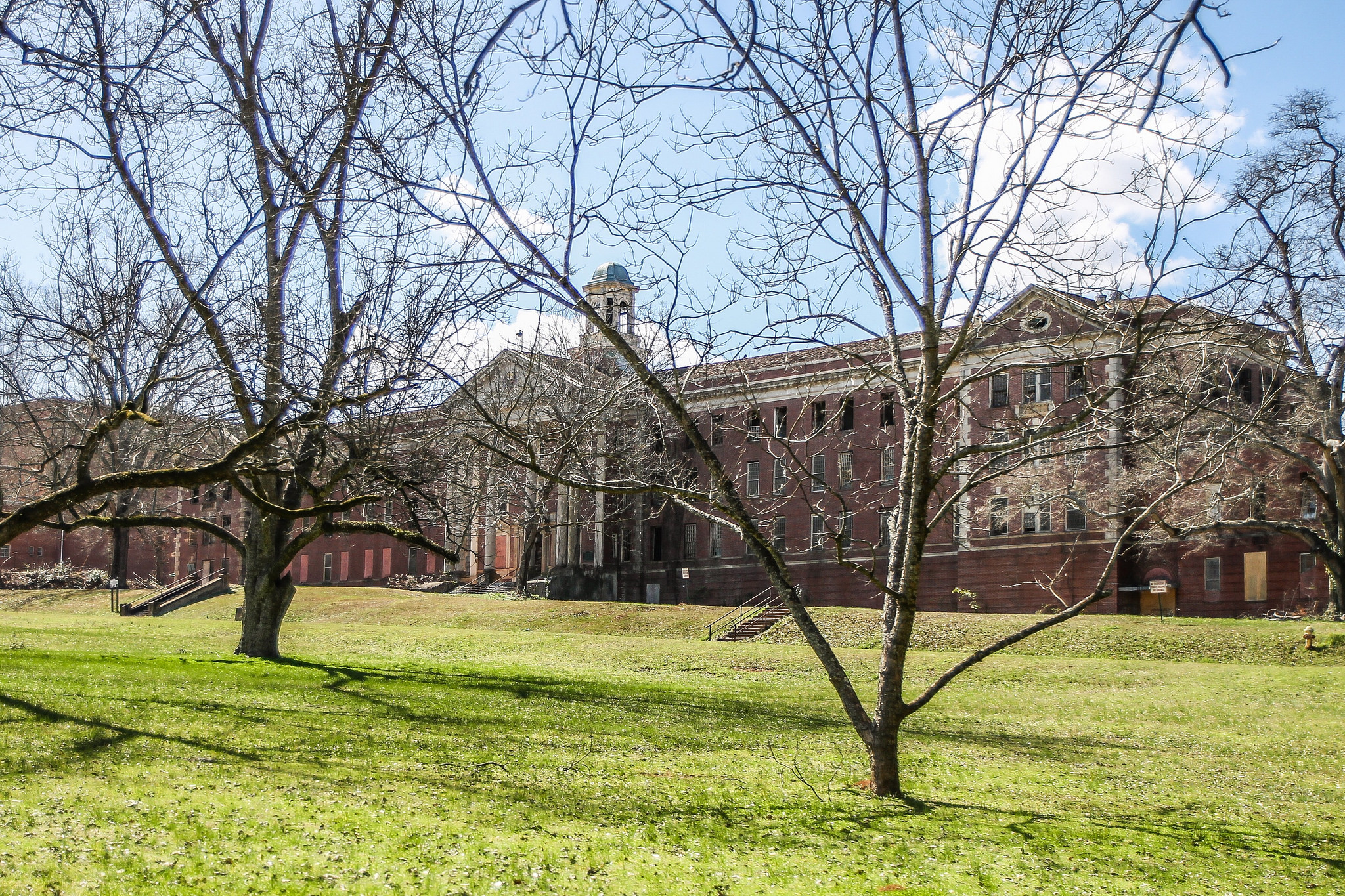


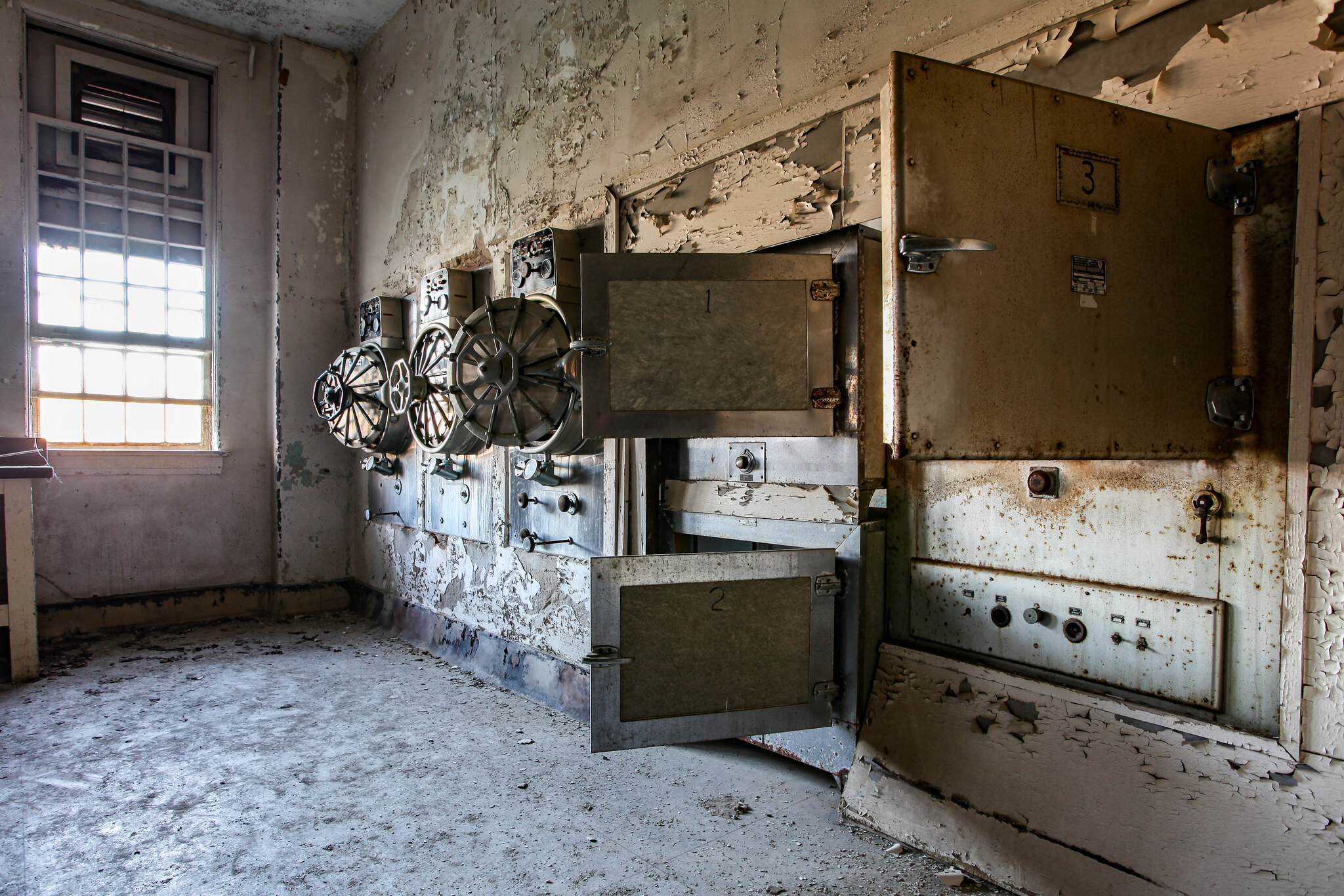
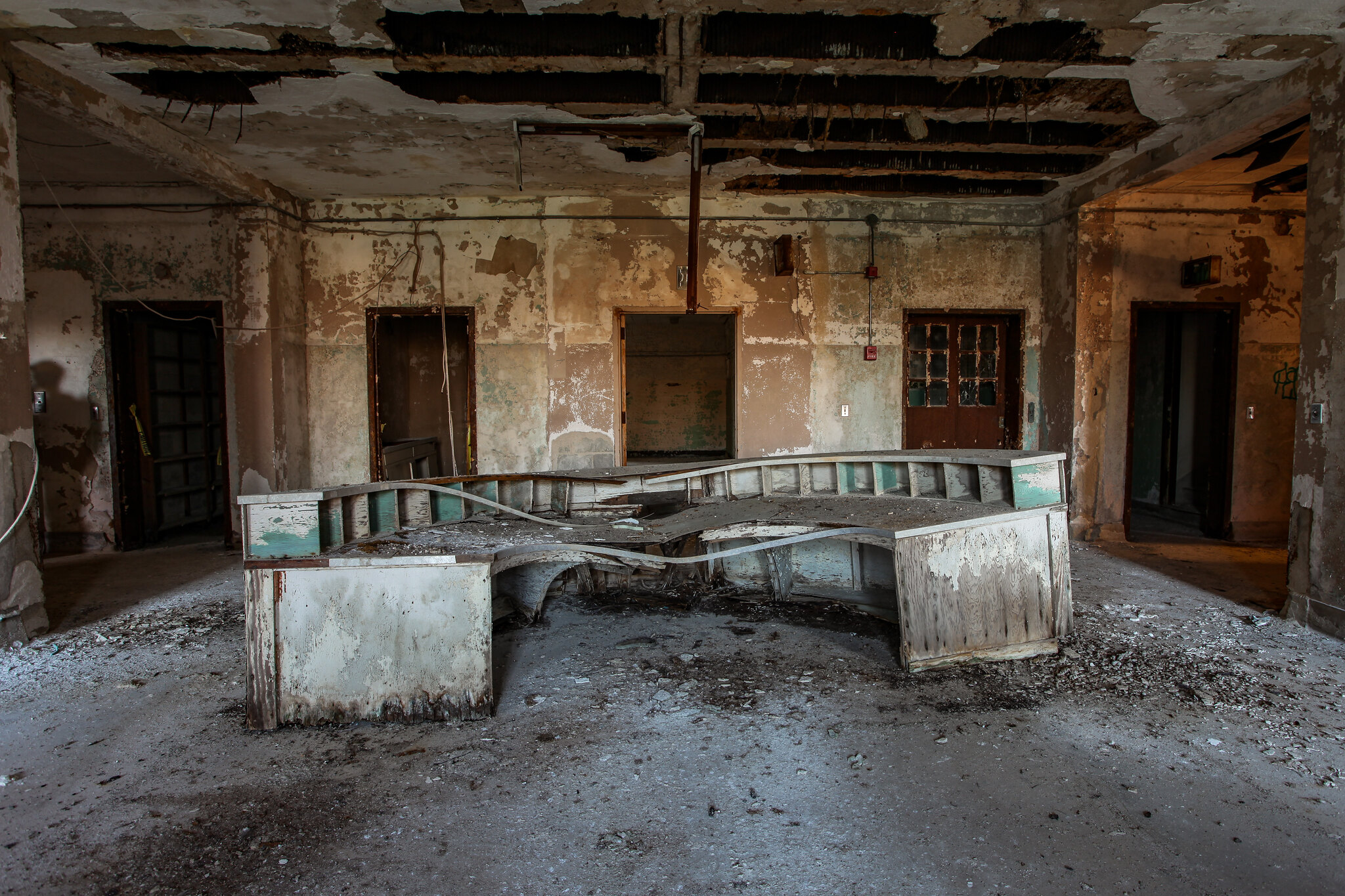

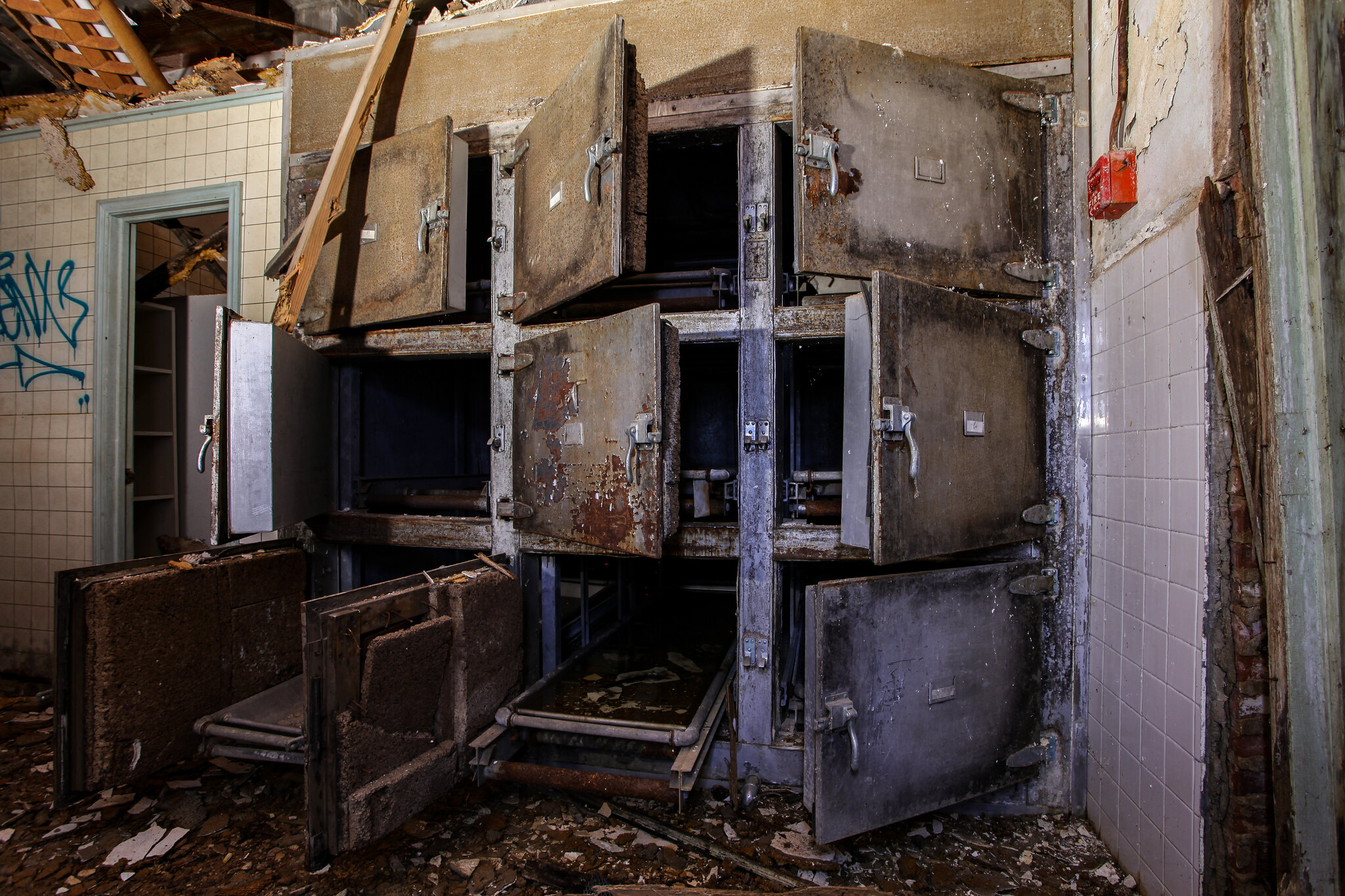

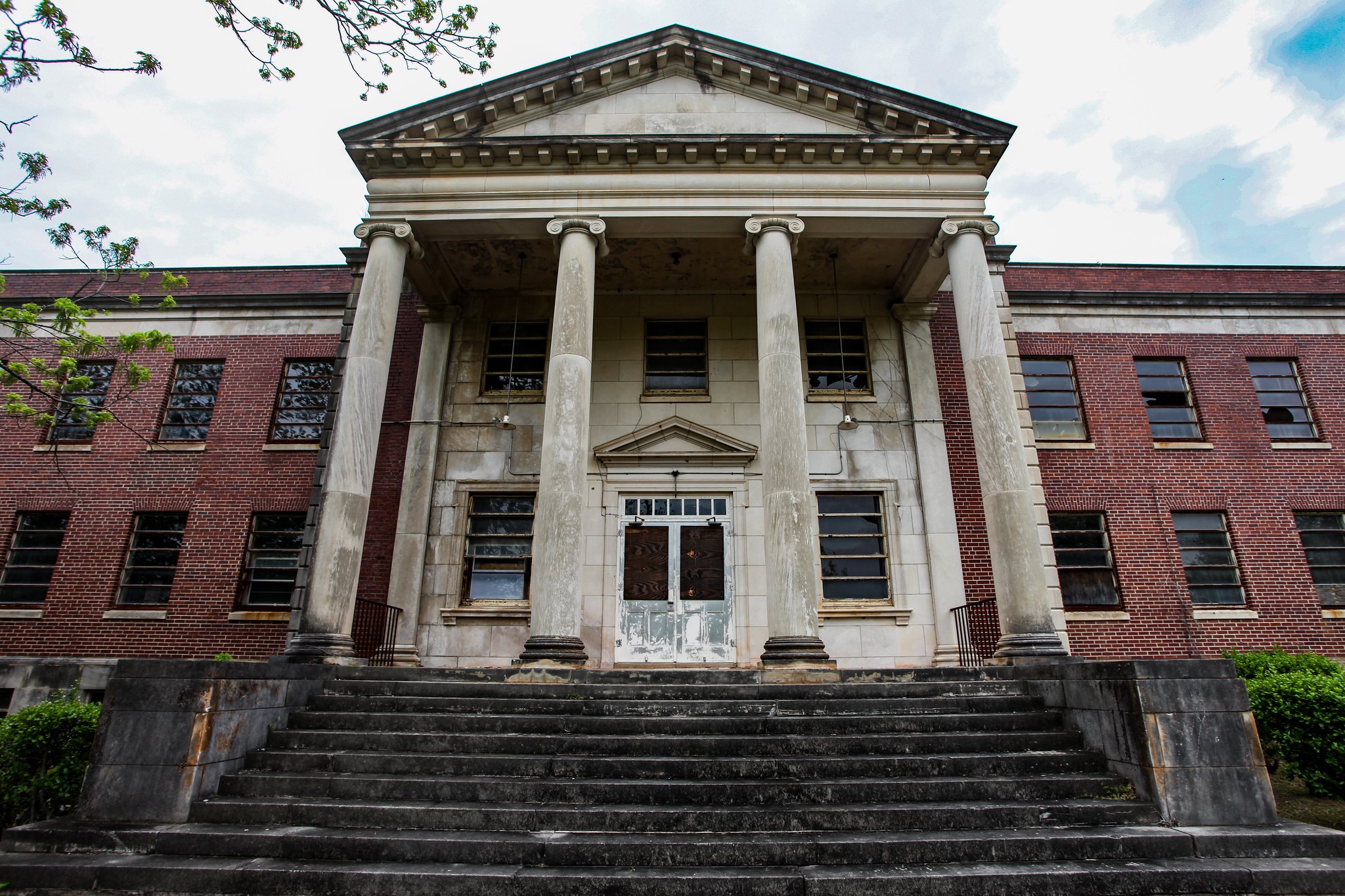
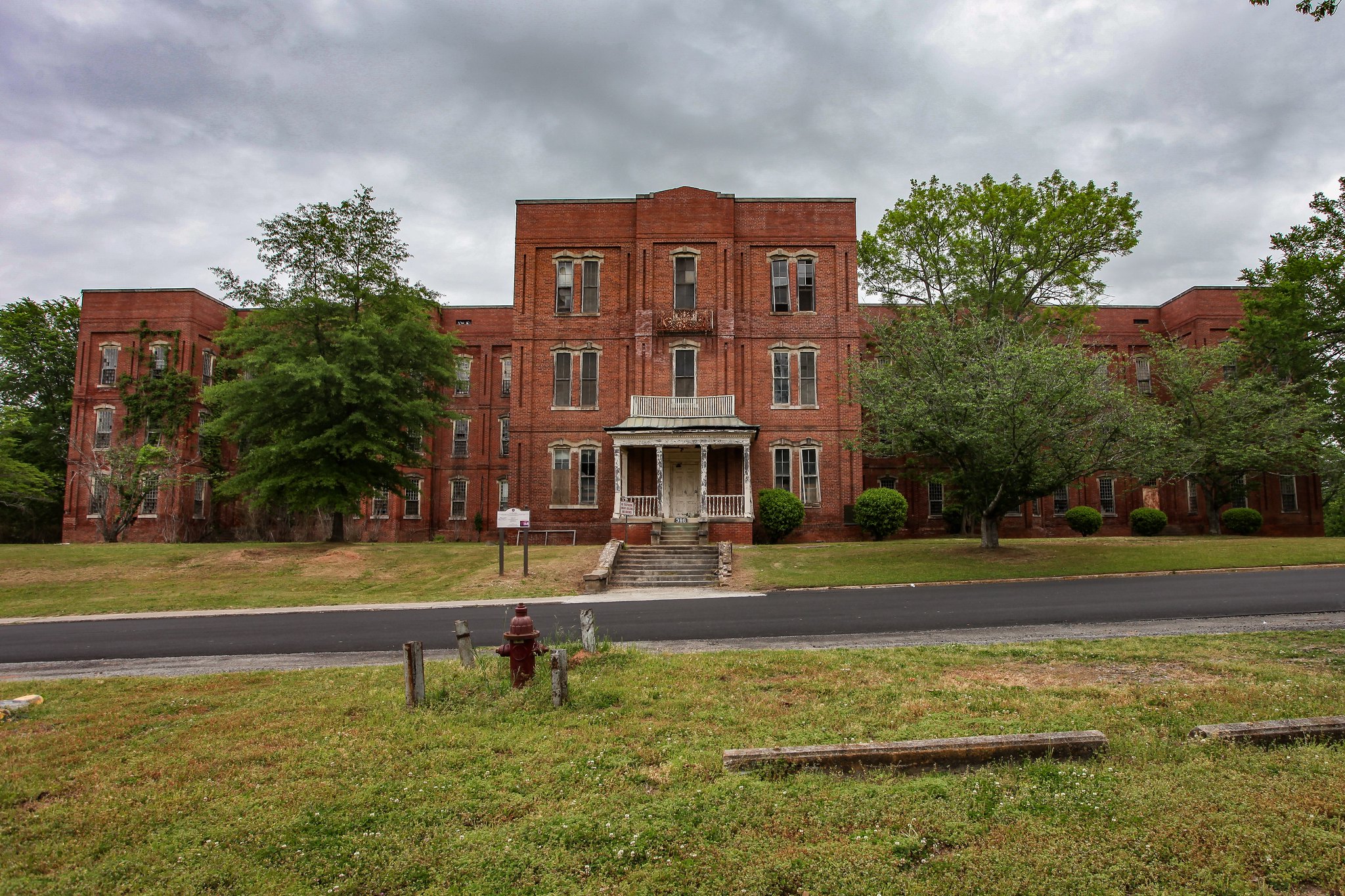
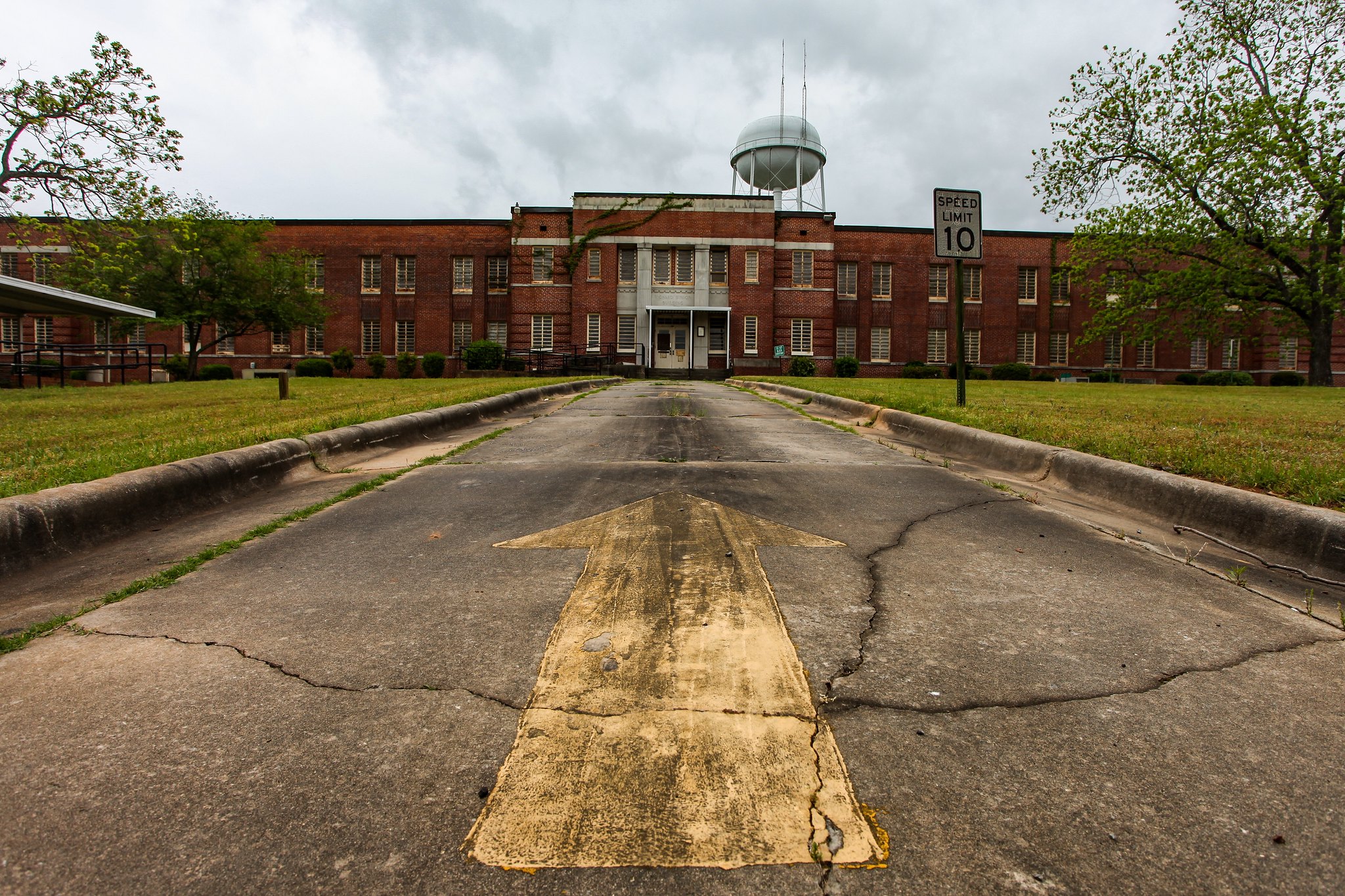

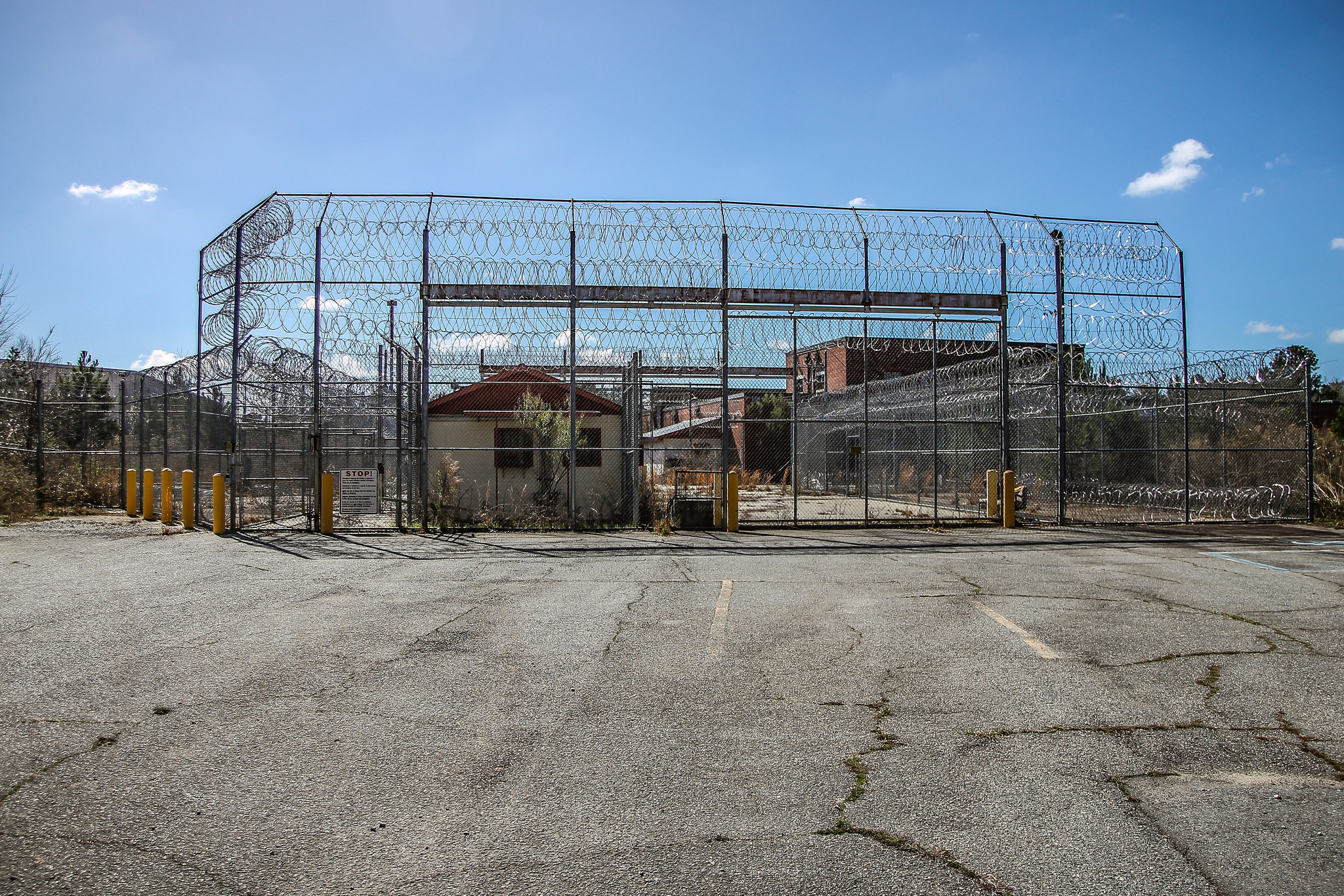
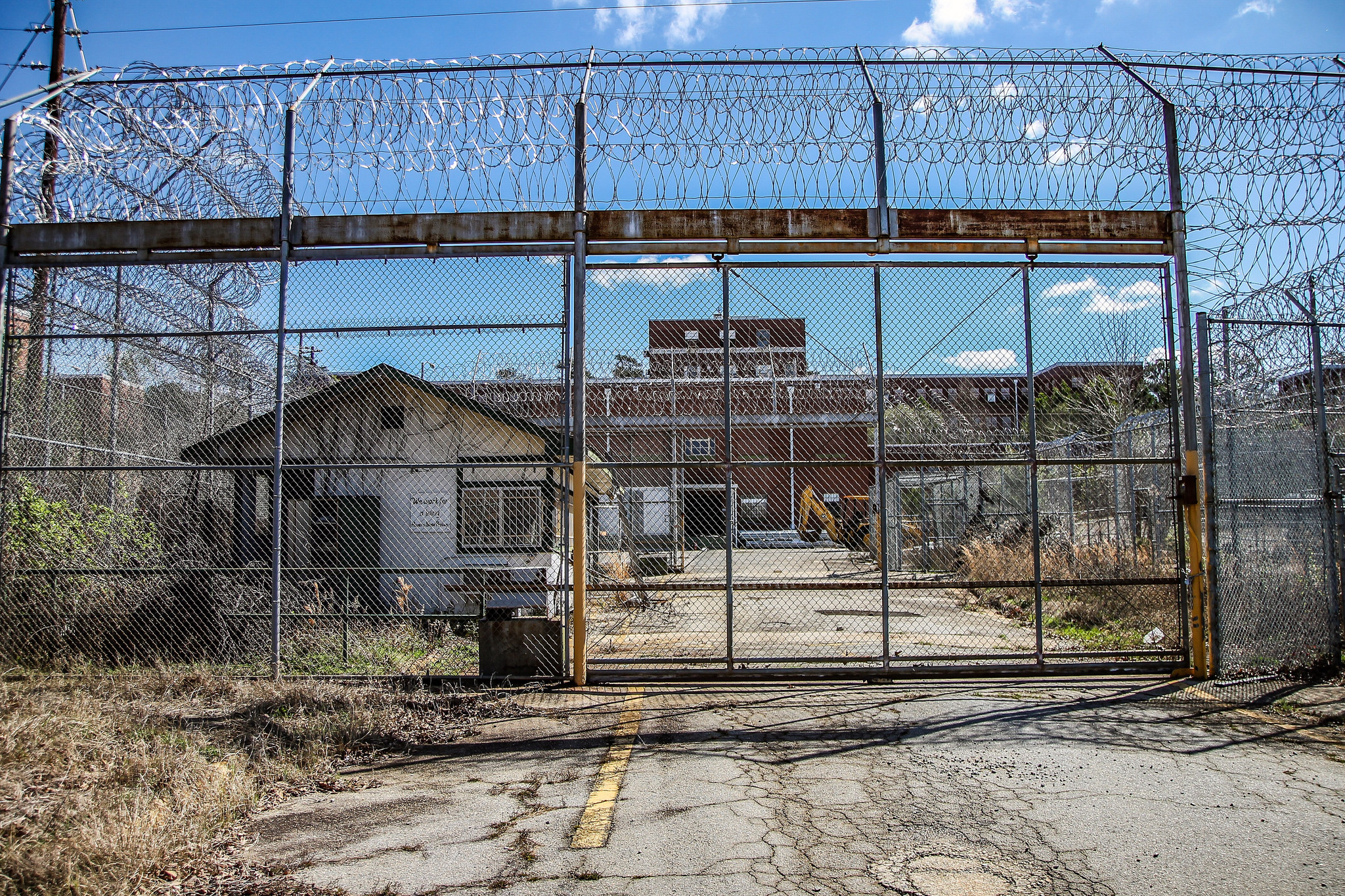

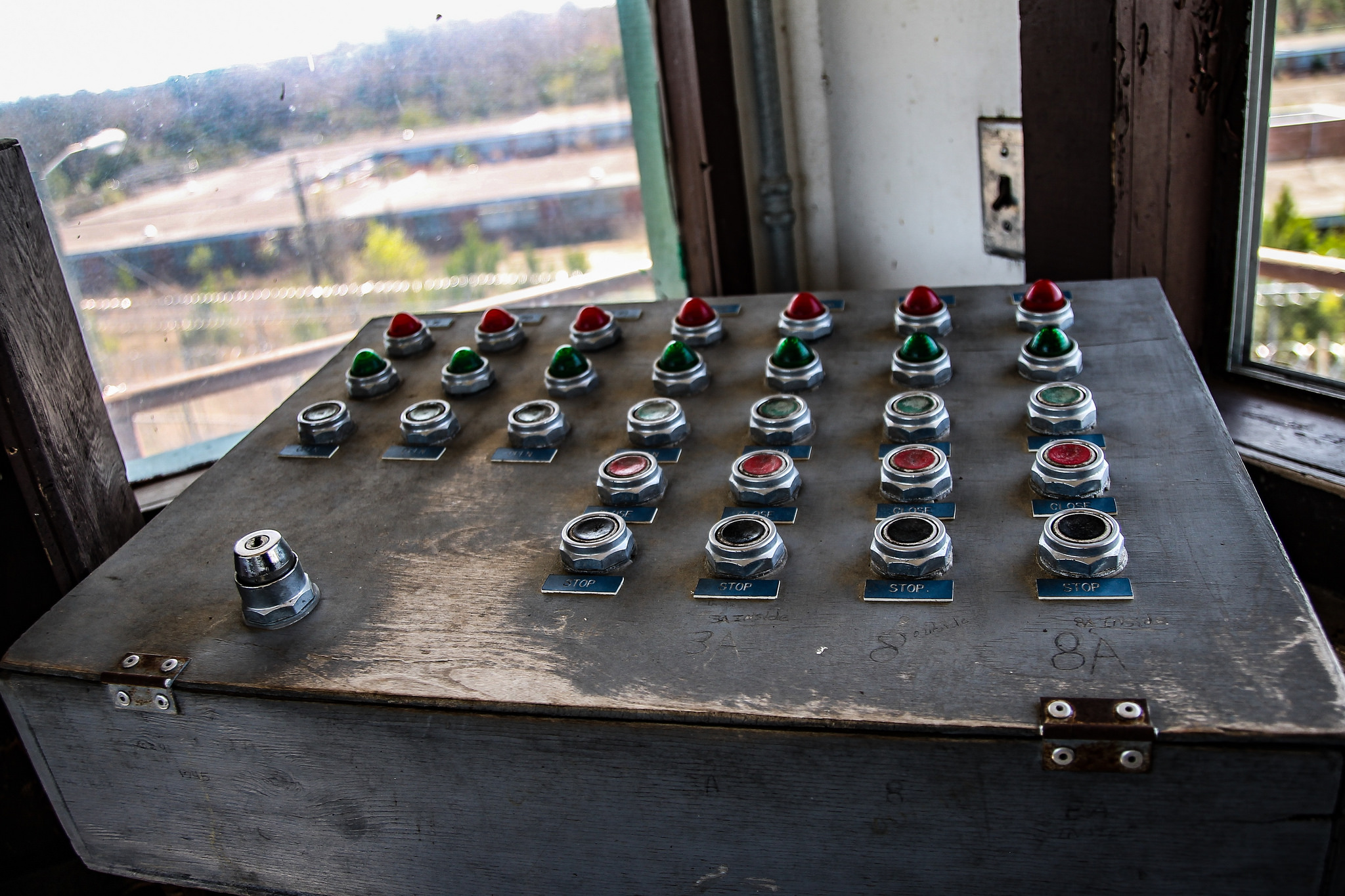

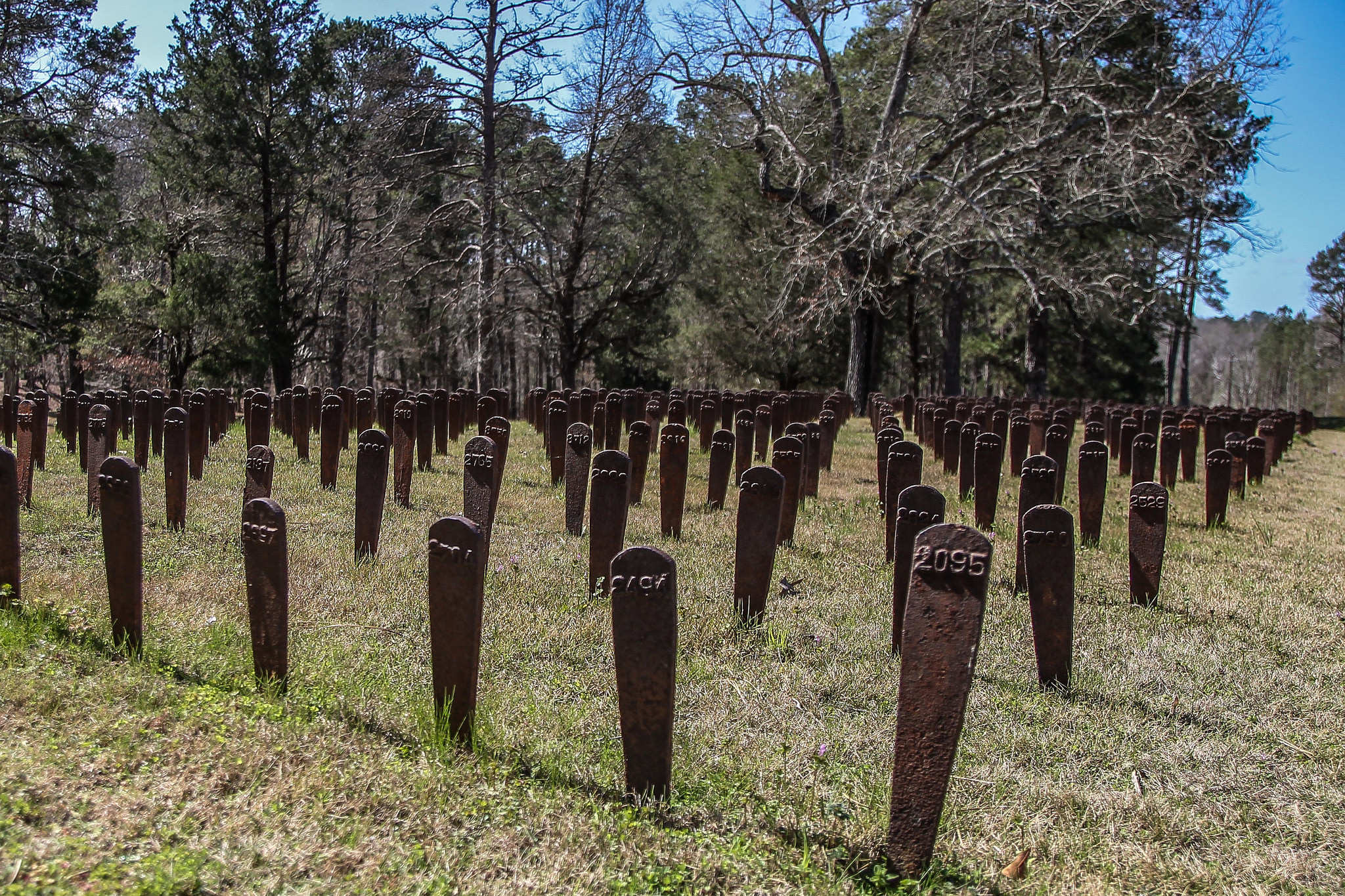
Thanks for reading. Please share the blog with your friends. I appreciate the support.
You can find me on Facebook, Instagram, Twitter, and TikTok.
For more photos of Central State Hospital and other locations from across Georgia, check out my books Abandoned Georgia: Exploring the Peach State and Abandoned Georgia: Traveling the Backroads.


It’s sad to see these old antebellum mansions abandoned and falling apart. I’m glad to hear the Rockwell is being renovated. So much history, if these walls could talk…
Great photos.
LikeLiked by 2 people
Really cool piece! (Saw your post in the community pool) There was an abandoned asylum not too far from where I grew up that I and others visited many times in our teen years. There is definitely a unique appeal and draw to those kinds of places.
-John
LikeLiked by 1 person
Fascinating text and beautiful pictures. Very atmospheric. Looking forward to working my way through your earlier posts.
LikeLiked by 1 person
Nice piece…I need to ask my sister-in-law if she know about this place. She grew up in Milledgeville and she and my brother married in the historic district.
LikeLike
The Rockwell Mansion has been partially restored, and is on the market for $350, 000. I grew up in Milledgeville, now live in Atlanta, so that price seems like a steal.
LikeLike
It’s a steal, but you have to have VERY deep pockets to restore them as they should be done. No mass produced overseas crap can be used and real craftsmen should be doing it.
LikeLike
Thanks for this post. I’ve been to Milledgeville many times through the years and have always heard stories of the mental hospital but have never seen it.
LikeLiked by 1 person
I’ve actually seen all these buildings myself while i was at a military school in Baland circle which is the entrance to the lunatic asylum . We were told that all the abanded prisons and hospitals, and mansions were haunted
LikeLiked by 1 person
Maybe. There’s no telling.
LikeLike
I was in Rivers state prison 2006 and some of 2007 and yes there was something there other than us inmates.
LikeLiked by 1 person
Tell us about what you experienced.
LikeLike
What did you guys experience
LikeLike
My grandmother died there. During her child bearing years she started loosing her hearing and became completely deaf. No one could communicate with her and she was always lost. Her family put her there because nobody took time to try to help her learn to communicate. Mother said she wasn’t crazy, only deaf . So sad, very sad.
LikeLike
After I initially left a comment I seem to have clicked the -Notify me when new comments are added- checkbox and now each time a comment is added I receive four emails with the exact same
comment. Perhaps there is a way you can remove me from that service?
Cheers!
LikeLike
I can’t remove you but you may be able to unsubscribe in the emails. Sorry about the confusion.
LikeLike
I graduated from Georgia College in 1990. Part of my teaching degree was to log so many hours at Central State. I could not tell the staff from the insane. I even played checkers with a man that had killed his brother. I will never forget going there…
LikeLike
The reason I have family in Milledgeville is a few decades ago, on my mom’s side we had somebody who got shorted on their paycheck and took an axe to the boss’ house, broke down the door and killed him with said axe. He was sent to Milledgeville Asylum. Even after being deemed fit to leave, he chose to stay as a janitor there, as he was afraid he’d kill again. It’s neat to actually see it.
LikeLiked by 1 person
Wow, what a story. Thank you for sharing.
LikeLike
My Aunt worked in one of the buildings that has been repurposed at Central State. Specifically, she worked in the giant kitchen that is right across from the original morgue. Her back dock looks over most of the grounds there. Also, back in the 80s, my uncle worked in the hospital itself. They had all sorts of people who were confined there, but one of the worst, at least for him, was a patient that was bed-bound obese. She also was HIV positive, and would attempt to bite anyone who attempted to move her. It would take at least 8 guys to get her moved from one point of the hospital to another for various doctors. It was not a great job.
Finally, my aunt and uncle obviously live in Milledgeville. They have four daughters, and my uncle would get scared out of his mind when they were teenagers every morning. Their hair dryers had the same tone as the alarm for an escaped prisoner from the hospital.
LikeLiked by 1 person
I love reading these stories. Thank you for sharing.
LikeLiked by 1 person
Thank you for stopping by!
LikeLike
I loved the story thank you so much for sharing it was very cool, now i want to go check it out someday.
LikeLiked by 1 person
Thanks for reading. It is definitely worth a stop!
LikeLike
I was once an inmate at Rivers in the 80s. The place was so primitive. Basically, not fit for human beings, but that’s what is expected from a state like Ga. They still have slavery, it’s simply instituted via the prison system. They should have torn that building down decades ago. Most of the crime committed there was by the administration. I discovered the warden at the time was using inmate labor for pay he received. I was there for years, and got a check for $25 minus tax. The eating area only held about 15 people at a time, it rained inside, only 3 people could use the toilet at a time, and you sat, side by side. The place was full of bugs, due to window problems. If it was meant to be a place for lunatics, by the time you left, you’d fit the bill. Tare that mother—— down.
LikeLike
In the 1940’s. there as a young girl who lived near us who was committed to this hospital . She never returned home. When they closed the hospital she was declared unfit for any type of rehab. Maybe she remained until she died. Gerri
LikeLike